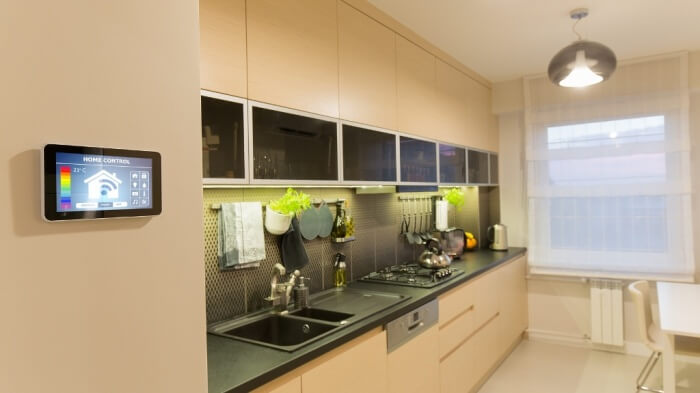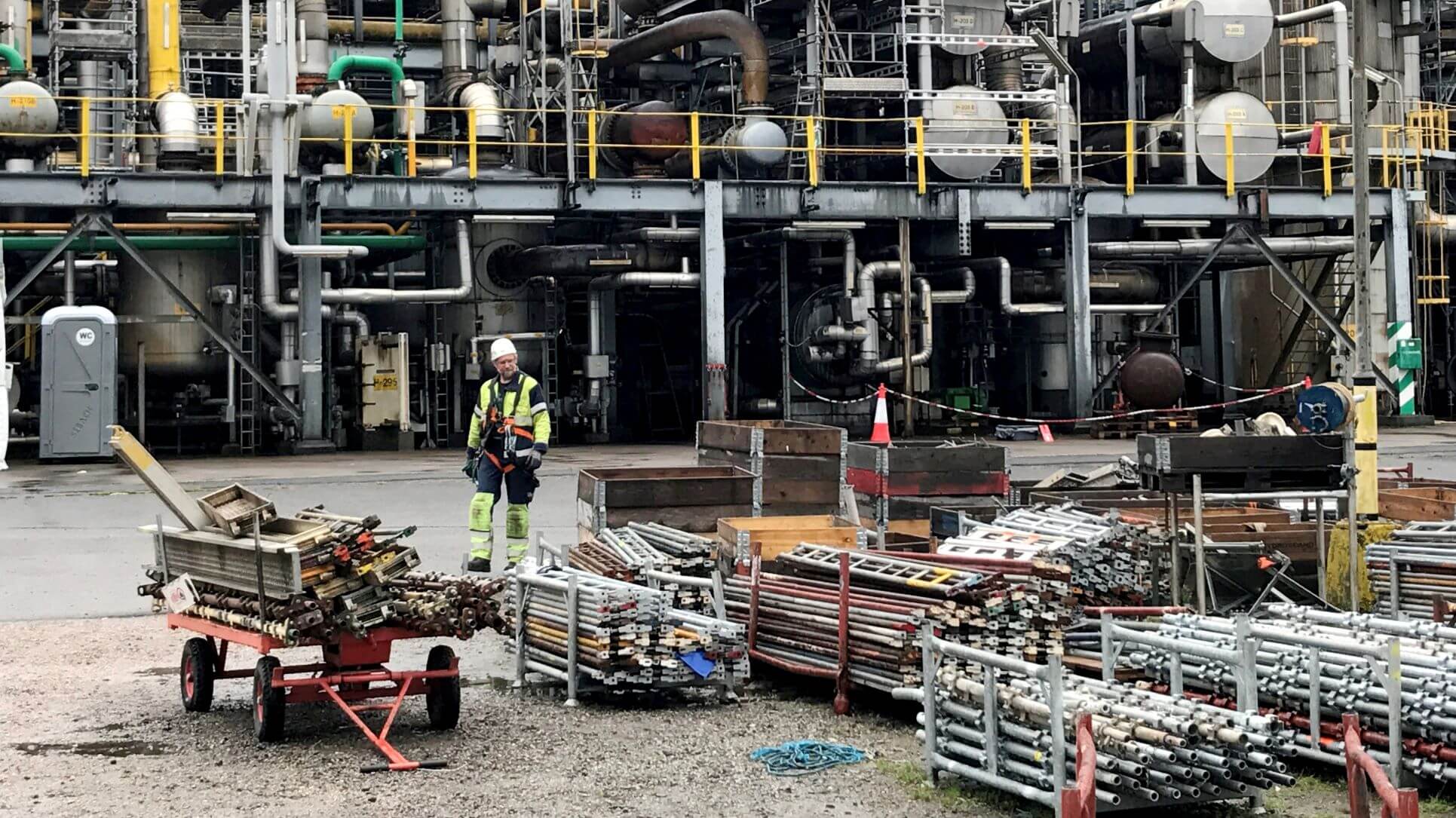Innovation in green technologies means it's well worth another look at your energy costs - how much could you save?
Shrinking Your Business’s Carbon Footprint Year-Round
Innovation in green technologies means it's well worth another look at your energy costs - how much could you save?

Improving your business’s carbon footprint year-round involves a mixture of quick, simple changes, and longer term commitments. There is a very real reason to look seriously at which energy-saving measures your business could make use of: your bottom line. Saving energy is not only a boost to the environment, but to your bank account too.
Switching energy tariff
I get it, it saves time if you just let your energy bills roll in and out without much of a glance at the rates you’re paying. However, there has been a lot of work done in recent years to make it easier for people to compare energy providers to see who’s offering the best deal.
You could save significant amounts of money a year by switching to a different tariff, and all for what is a very small amount of time in the grand scheme of things.
Sometimes, you don’t even need to change providers to get a better deal. Businesses use a lot of energy, so most providers can be pushed down to a lower price, especially with the threat of a switch hanging over them. If you don’t want to handle this on your own, there are agents and specialists out there who can handle the process for you.
LEDs are the future
£170.
That’s the difference in cost between running a standard 50W halogen bulb for its lifetime and a standard 5W LED bulb for the same amount of time. It makes the few pounds’ difference between their retail price slightly less important.
Over the course of a year, an LED bulb is more than £10 cheaper to run, so imagine the savings you could make if every bulb in your workplace was an LED.
LEDs have seen a lot of development and innovation over the last two decades, so that now we live in a world where you can buy an LED bulb for every kind of light fitting, from panel lights that are common in offices, to normal golf ball bulbs, and focused spotlights.
Although overhauling your bulbs will have an initial expense, you’ll be paid back within a few months thanks to the energy savings you’ll make.
Insulation
Improving your workplace’s insulation is not possible for every business. Many don’t own the office or building they work in, and a lot of larger buildings would be much harder to insulate anyway. That said, it’s worth mentioning for those who have the ability to do it, as it makes a real difference to your bills and your comfort.
There are two main types of insulation that you could consider: external wall insulation (EWI) and cavity wall insulation (CWI).
EWI can theoretically be added to any building, as it involves adding an external layer of insulating material. This layer has the extra benefit of improving the property’s appearance and increasing its value. CWI is more discreet, and involves filling the gap in between two layers of wall that most post-1920s brick buildings have.
These processes are relatively expensive, but there are government grants available to soften the blow of the cost, and the savings are real. On an average house-sized building, you could be looking at savings of around £500 a year for EWI, and around £160 a year for CWI.
Revamp your heating
A building’s heating system is one of the major ways that energy can be wasted. Too many workplaces still use inefficient radiators, and rely on thermostats that don’t give them the control they need over the temperature.
Modern electric radiators are a great way to save money. Their lightweight aluminium bodies heat up more quickly than their heavier, cast iron predecessors, and many come with fins to help circulate air around the room without leaving any cold spots.
The thermostats that control your workplace’s temperature could also be losing you money. Older thermostats can be inaccurate and hard to operate, leading to wasted energy due to the wrong temperature setting or the difficulty of accessing all their functions.
Newer radiators offer options like wi-fi control, which puts the temperature at the tip of your fingers throughout the day, and smart thermostats are available which use algorithms to regulate the temperature themselves (within parameters that you set) and to work out how to heat the room the most efficiently.
You could also consider buying a radiator booster, a cheap but effective product which pulls the hot air from behind a radiator, allowing it to circulate into the room instead of sitting where it’s not needed.
The Internet of Things
Using your smartphone to control your heating is just one example of how the so-called Internet of Things (IoT) is changing the way we do things. The IoT essentially refers to the way that we are using connectivity to give us better access to data from things in our everyday lives.
Smart meters are an increasingly popular application of the IoT, and installing one in your workplace could make a world of difference to your energy usage.
With the real time data that a smart meter can give you, you can monitor how much energy you’re using, set your business targets for each month, and make little changes like turning off the lights more or shutting doors that will help bring down your spend. The actual smart meter itself won’t save you energy, but acting on the information they give you will.
If you’re committed to lowering your energy usage and your bills, keep an eye on technology news. There are new innovations coming out all the time which can make a difference to your spend, and the sooner you can get hold of them, the more you can save.
Thanks for signing up to Minutehack alerts.
Brilliant editorials heading your way soon.
Okay, Thanks!




